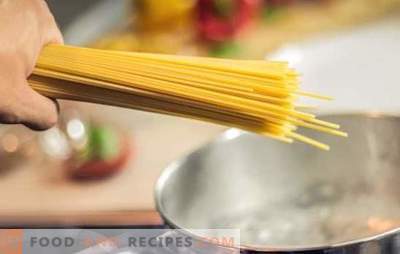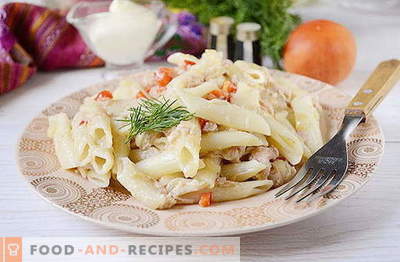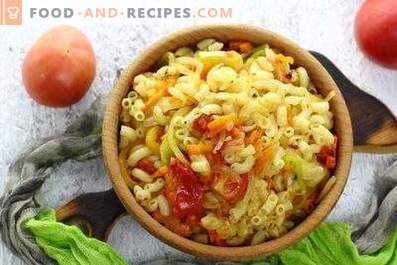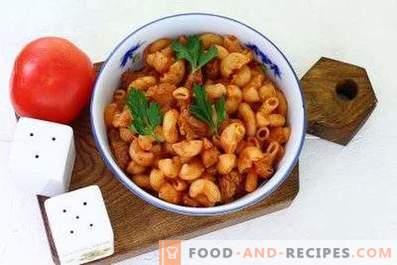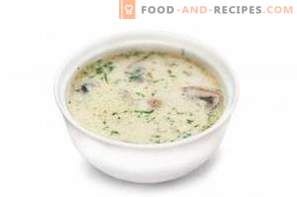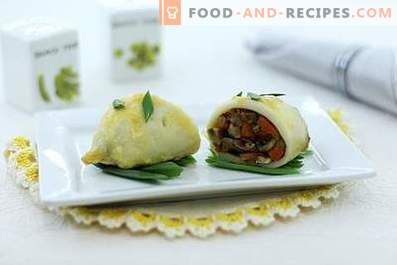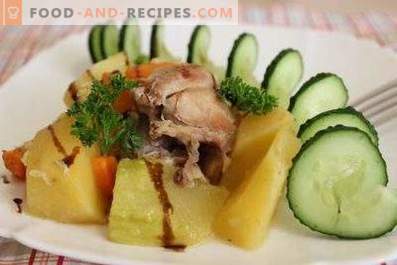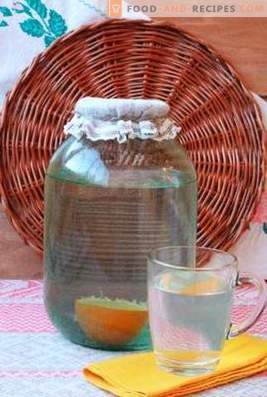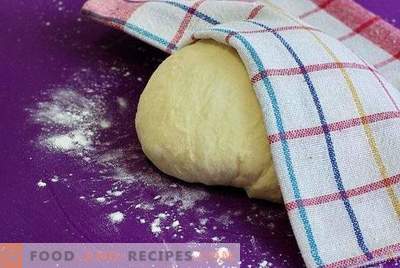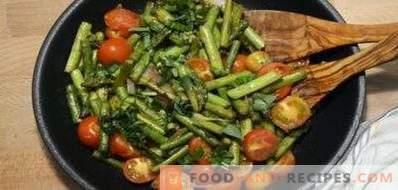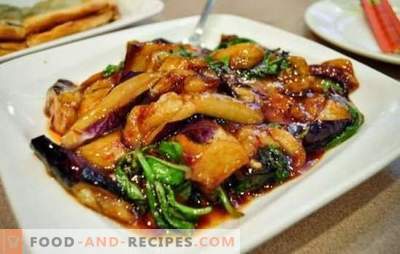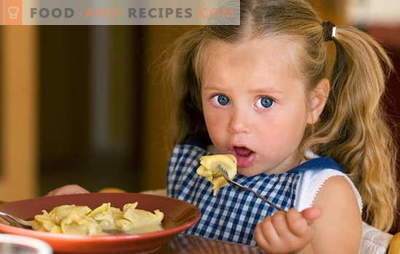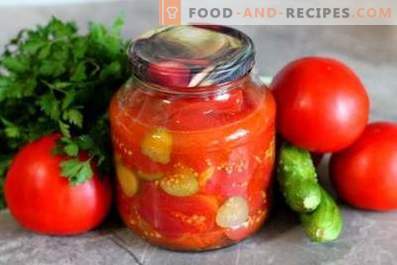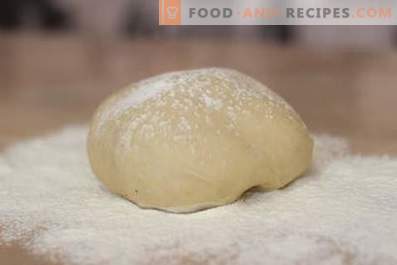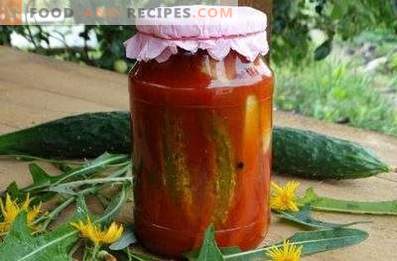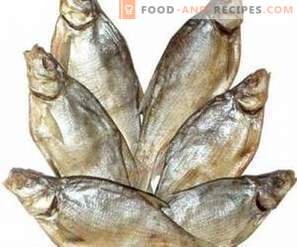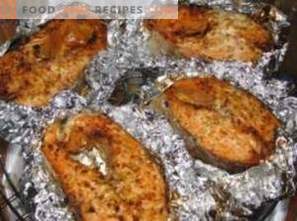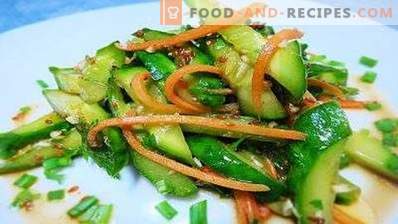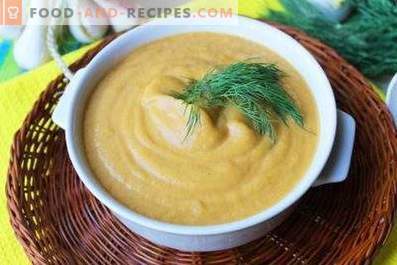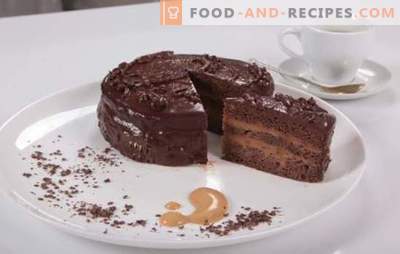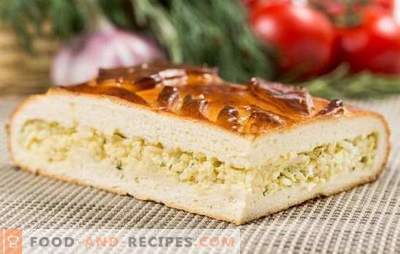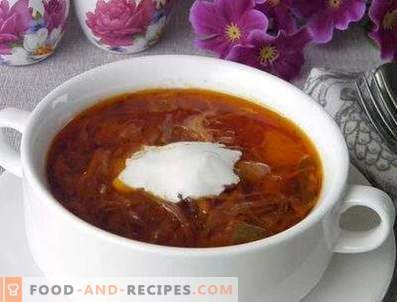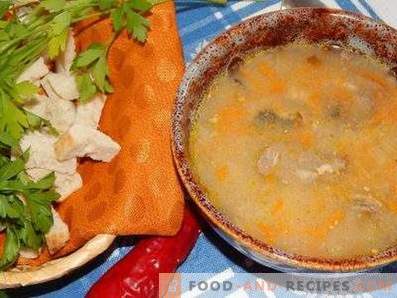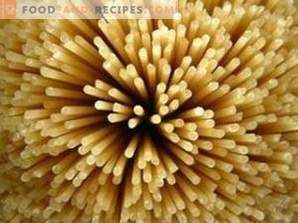
In any national cuisine there are pasta dishes, and they are very popular among the population. Unless they have different names. In Italy, all pasta - pasta. In Asia, it is customary to call pasta “Kespe”, and the word “noodle” is closer to Russian.
But no matter how they call this product, it is always brewed according to long-established rules. After all, if they are not followed, then instead of delicious pasta, you can get an unsightly mess.
The main requirement, which must be strictly adhered to, is related to the proportions of water and pasta.
How much water should be poured into a pan for cooking pasta
In order to cook pasta evenly and turn out to be elastic and tasty, water for their cooking takes at least 1 l per 100 g of products. Therefore, if you need to cook a large amount of pasta, then take a large saucepan.
Water, before lowering noodles or vermicelli into it, is salted, taking about 8 g of salt per 1 liter of liquid.
Some housewives add a spoonful of vegetable oil to the water. It improves the taste of pasta and slightly prevents their bonding.
On which fire to cook pasta
In order for pasta to fully reveal its taste, nutritional qualities and at the same time were not burdensome for the stomach, they are boiled with sufficient boiling, but the water should not boil much.
It is important that the liquid after the immersion of pasta in it as soon as possible boil again.
During cooking, the lid does not close the pan.
So that horns, noodles, or other products do not sink or glue during cooking, they are periodically mixed gently.
How long does it take to cook the pasta in the pan
There is no single answer to this question. Indeed, much depends on the quality of flour, kneading dough, the number of eggs, or, conversely, their absence, and even how long the pasta was made.
For example, egg noodles, which the hostess dashed a few hours ago, cooked quickly - in 5 minutes. A purchase will stew a little longer.
If the pasta was made from flour of hard varieties, then they are well shaped when cooked, do not boil soft, do not become limp and do not stick together after they are laid out in a colander.
The duration of cooking depends on the type of pasta. After all, the horns or feathers are cooked much longer than noodles. Therefore, before cooking it is necessary to read the information on the package. But if the pasta is sold by weight, then they are boiled “per tooth”.
Do I need to rinse the pasta
Rinse pasta is not accepted.
Immediately after boiling, they are laid out in a colander and wait until all the broth is drained.
Then they are again returned to the pan and immediately put back the butter. It can be butter, ghee, vegetable oil, lard, or margarine. It all depends on the preferences of the hostess and the recipe of the selected dish.
Only this recommendation applies to pasta made from durum wheat. But more often, housewives buy cheap horns or vermicelli, which are made from flour of other types of wheat. If such pasta is not rinsed, they will stick together in one big ball.
Therefore, in each case, the hostess herself decides whether to wash her what she cooked or not.
However, in some countries this is about its own rules. In Asian cuisine, thin noodles are most often cooked, and Lagman - thick long noodles. Cook them on the same principle - in large quantities of water until tender. But Lagman, unlike Italian pasta, must be washed in cold water and smeared with oil. Before laying it out on the plates, it is heated, dipped directly in a colander in hot water, and then it is drained. So do the noodles.
How to determine the readiness of pasta
Most often, the hostess relies on her own taste, intuition and experience.
But the Italians, for example, have their own method for determining the readiness of pasta.
Any pasta they cook to the state of "al dente", that is, "on the tooth."
In no case should the finished pasta be overcooked. Properly welded products do not stick in the teeth, and lag behind them.
But we must remember that boiled hot pasta, once again in the pan after draining the water, continue to ripen for a while, so even slightly digested noodles will limp and stick together.
If macaroni is needed for a casserole, they are boiled until ready, poured water from them, mixed with butter, spread into a form and baked. For casseroles, it is better to take pasta from soft wheat varieties, while products made exclusively from hard varieties are suitable for garnish.
How to cook pasta in the microwave
Microwave is not only for heating food. It can even boil noodles.
Cooking conditions in the microwave are the same as on the stove. That is, the pasta is boiled in a large amount of liquid. For example, for 200 g of pasta will need 3 liters of water. But the sequence of bookmarks is different.
- Pasta is put in the pan.
- Pour boiling salted water so that it covers products 4-5 cm.
- Cover the dishes with a lid, leaving room for steam.
- Cook at maximum power about 7 minutes.
- Turn off the microwave.
- Leave the pasta in water for another 7-10 minutes.
- Water is drained.
- Boiled macaroni is smeared with oil or poured with gravy.
How to cook pasta in a slow cooker
For cooking in a multivariate, it is better to use pasta from durum wheat, otherwise the result may be unpredictable. But if all the same noodles do not meet these requirements and are made from soft wheat varieties, then it is cooked in this way:
- Pour water into the bowl and let it boil on any program.
- Add a little vegetable or butter and salt to taste.
- Put the pasta. Ensure that their water is completely covered.
- Stir.
- Close the lid and boil for 10 to 20 minutes depending on the type and variety of noodles, setting the program “Steamed” or “Pilaf”.
If pasta is made of durum wheat, it can be cooked differently.
- Pasta is put into the bowl.
- Fill with cold salted water so that it completely covers them.
- Do not mix.
- Close the lid and boil, setting the function “Steamed” or “Pilaf”.
How to cook pasta soup
For soup most often use noodles or vermicelli.
Since these pasta cooks very quickly, they are put at the very least when the soup is almost ready.
Given the duration of cooking noodles, it is put in 7-10 minutes before the end of cooking. But we must remember that, while in the hot broth, the noodles continue to boil, even if the pan is already removed from the stove. Therefore, pasta recommend a little undercooking. Soup is allowed to stand for several minutes and poured into plates.
Good advice
Many refuse to eat pasta for fear of getting better. But to avoid this, dishes with similar products are prepared in such a way that the number of cones or noodles is three times less than vegetables.
After all, carrots, onions, cabbage, eggplants, peppers and various greens make pasta dishes very tasty, never boring and healthy.
You also need to use pasta made from durum wheat in food, and then the dishes from them will not cause weight gain. How to choose such pasta:
- On packaging with products from durum wheat, there is a “Group A” label.
- At the bottom of the package there should not be crumbs and flour.
- Such pasta is amber-golden in color.
- When cooking, they do not lose their shape, do not boil soft and do not stick together.
- Spaghetti made from hard wheat varieties breaks down with difficulty, while having a glassy fracture.

